Life on Our Planet: The Top 10 Coolest Prehistoric Animals Featured in the Netflix Series
The folks behind Netflix's Life on Our Planet highlight the most interesting prehistoric critters featured in the docuseries.
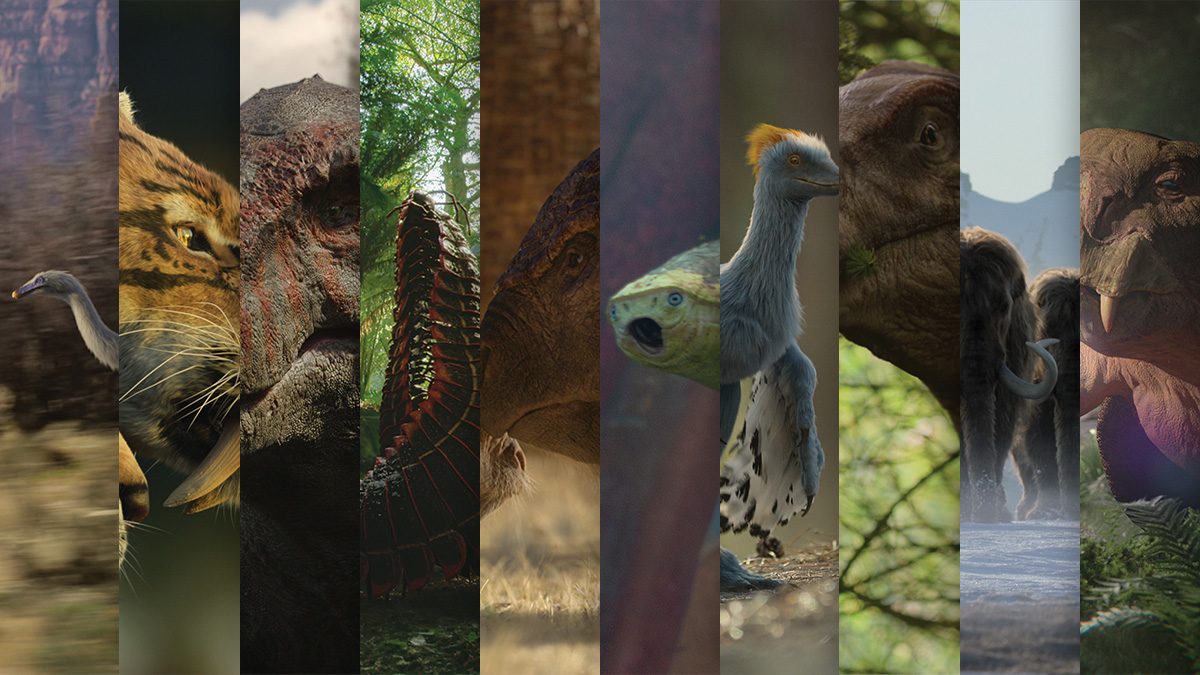
This article is presented by 
Life on Our Planet sees 65 prehistoric animals brought back from the dead. Each of them has their own amazing story to tell. Based on a combination of factors—from science to story to whether they’re cult classics or unsung heroes, here’s the team’s top 10.

1. Lystrosaurus
This curious, pig-sized proto-mammal was at one point destined to be a mere footnote in history. But then the Permian Extinction came and Lystrosaurus inherited the Earth. Skills that previously weren’t special suddenly became game-changers when the apocalypse ushered in a new era. Skills like being small, living in burrows, and enjoying a varied diet let Lystrosaurus thrive when others did not. So much so that in the years following the mass extinction, Lystrosaurs made up 75 percent of all vertebrate life on land—something no other animal has done before or since.
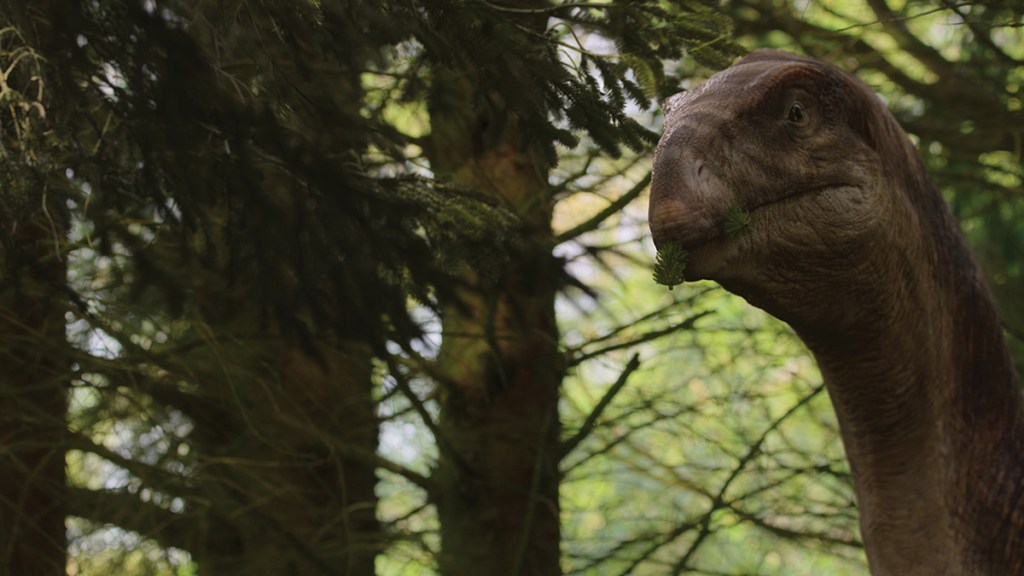
2. Plateosaurus
After the Carnian Pluvial Event 232 million years ago, a new dynasty of creatures took over our world: the dinosaurs. One of the earliest was Plateosaurus—a kind of prototype sauropod. The adults were the biggest animals of the time, but the babies were adorable, as depicted in Life on Our Planet. If you could bring one animal back to life as a pet, Plateosaurus would be it. It’s just a shame it has to grow so large!
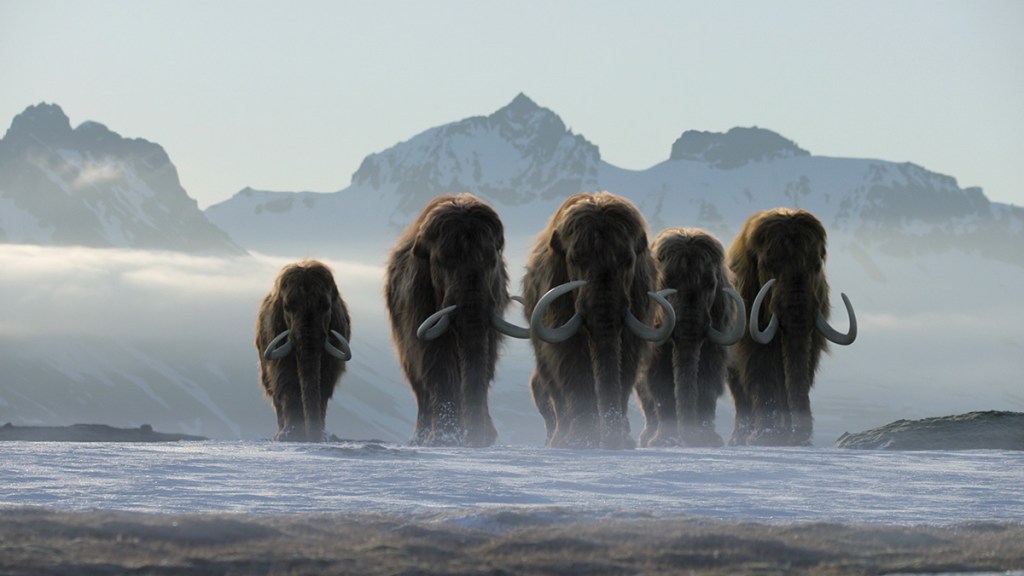
3. Woolly Mammoths
In addition to bringing back to life creatures that have never been depicted before on screen, Life on Our Planet also animates iconic species such as the woolly mammoth, a creature that roamed through the Ice Age. Remarkably, woolly mammoths only went extinct around 4,000 years ago, but because scientists have found remains frozen in the permafrost, bringing these immense beasts back to life—for real—is not impossible.

4. Anchiornis
After the Carnian Pluvial Event, dinosaurs had a reputation for being red in tooth and claw, but there are always exceptions, and Anchiornis is one of them. This is one of the first avian dinosaurs, meaning it could fly. Well, sort of. It could perhaps “fall with style.” It’s a charming pioneer of its age, and what’s more, the colors depicted in Life on Our Planet are 100 percent accurate since scientists have been able to extract color pigments from its fossilized feathers, meaning that what you see on screen is literally how it looked.
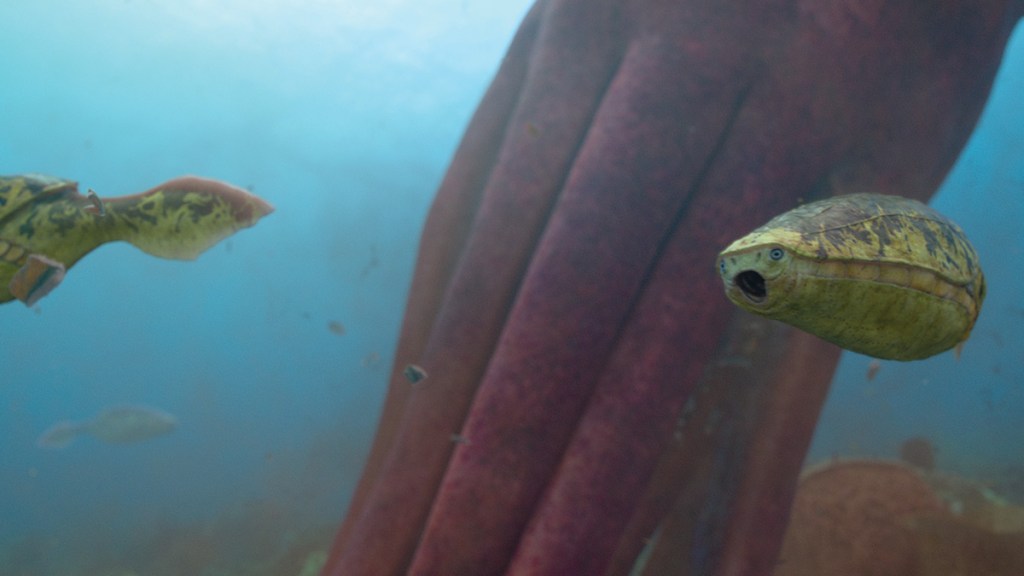
5. Arandaspis
Here is a bullied underdog that made good thanks to an ice age and became a key ancestor for us, being one of the first vertebrates. Half fish, half E.T., it’s such a bizarre-looking animal that when Morgan Freeman first laid eyes on it during the narration recording, he burst out laughing and could barely stop.
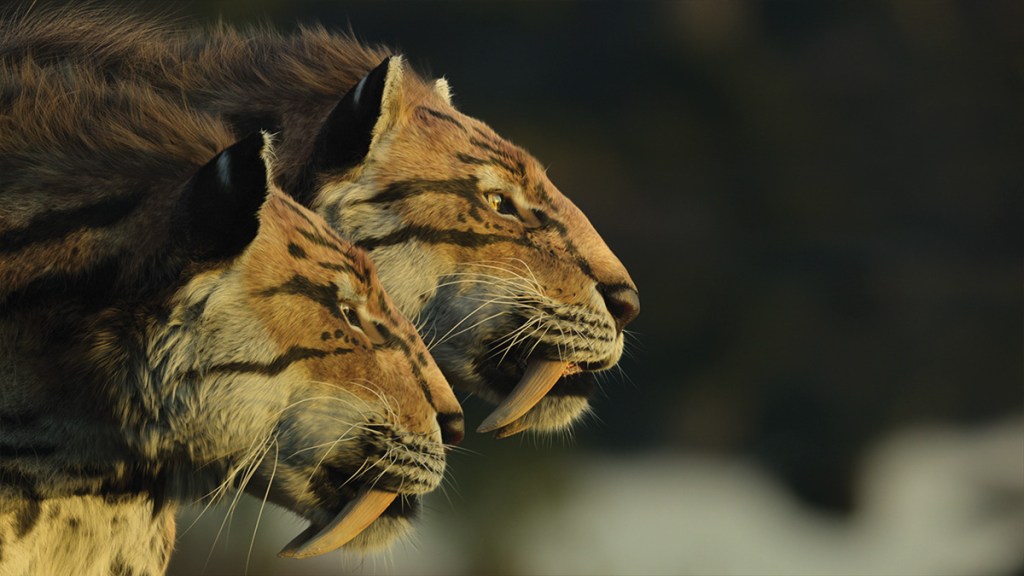
6. Smilodon
Smilodon, as depicted in the very first episode of the series, is a work of art as a VFX asset. The detail that went into creating the saber-toothed predator is mind-blowing—the way its fur moves, the shape of its tongue, the ridges on its teeth, the micro-hair around its nose. It should be in the Louvre in addition to making this list.
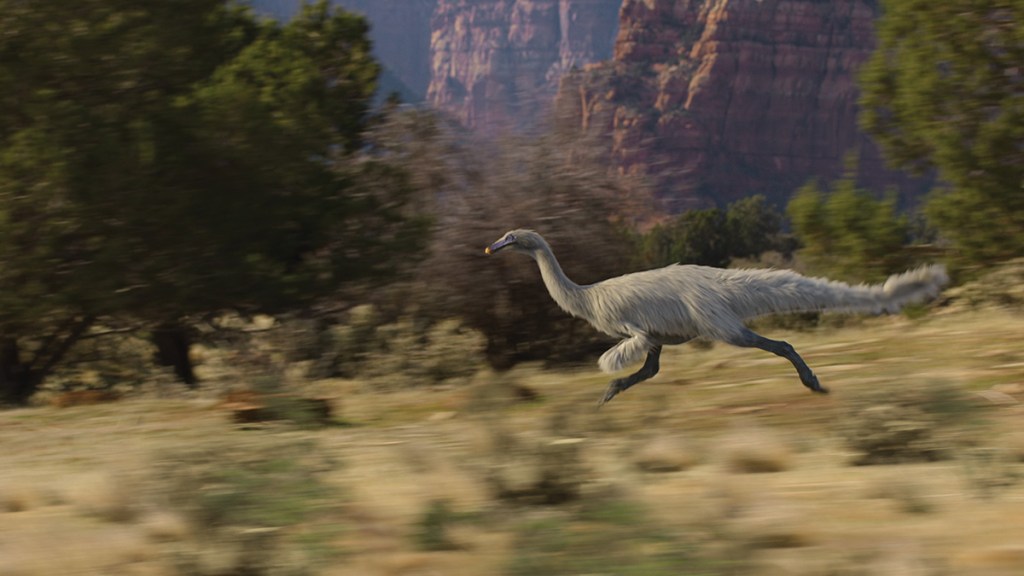
7. Arkansaurus
Sneaking its way into the Top 10 is a character that barely appears in this Netflix series. Arkansaurus is the white-feathered runner that is chased by a pack of ferocious raptors called Deinonychus. The latter are amazing, of course, but too aggressive to put into a list like this. Arkansaurus, with its beautiful feathers, its amazing eyes, and its constantly surprised expression, is much more like it. Even with its brief cameo, it makes an impression as a kind of dinosaur ostrich on steroids.
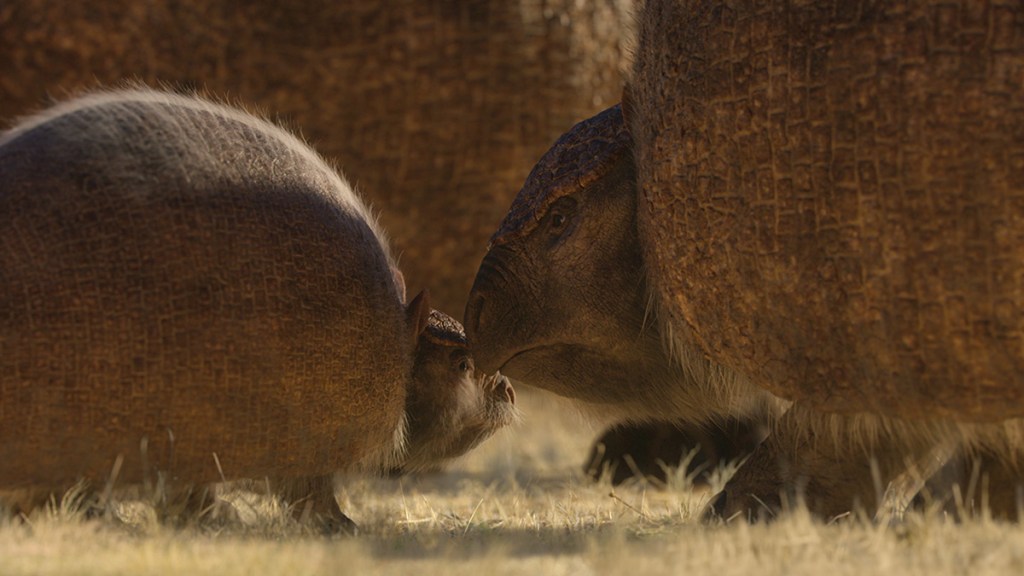
8. Doedicurus
The baby Doedicurus is perhaps the cutest creature in the series, definitely fulfilling the “I want one” factor. The adults are impressive, too. The size of a VW beetle and armed with a thick shell, there are very few creatures alive today that resemble this prehistoric oddity. Add in its spiked tail, and it really does seem like evolution was having an off-day when it resulted in this species.
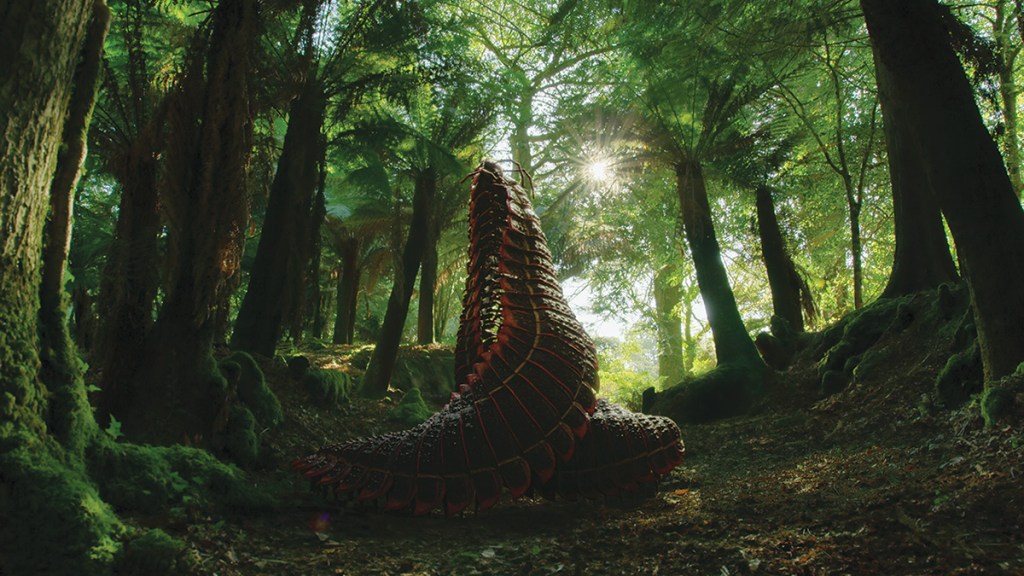
9. Arthropleura
The mega millipede, measuring up to 2.7 meters, has to be seen to be believed. Which is ironic given that it was mostly blind. It was one of the first arthropods to truly flourish on land, and just the idea of wandering through a forest and finding one is too tantalizing for it not to be on the list. Plus, we need some creatures that couldn’t cause us harm, right? Especially because of what’s coming next.

10. Tyrannosaurus Rex
It’s impossible for the greatest predator of all time to not be on this list. At the end of Chapter 5, two T-Rexes show off their incredible courtship skills to each other. Seeing the way that the male is initially terrified of the female and yet nervously stands his ground to show off his moves is amazing. As their courtship continues, we see a softer side of this iconic species, with the male eventually winning over his new mate. Perhaps their reputation as being vicious and, at times, vengeful is misplaced. If the Jurassic Park movies were real, perhaps we wouldn’t be terrified of T-Rex but simply in awe of it.
All eight episodes of Life on Our Planet are available to stream on Netflix now.
